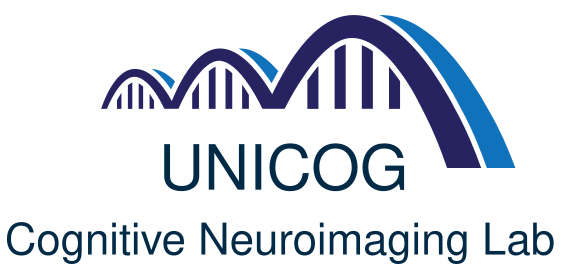THE “LANGUAGES OF THE BRAIN” TEAM
PRINCIPAL INVESTIGATORS AND SENIOR SCIENTISTS

Christophe PALLIER – Website – Selected publications
Christophe Pallier is a psycholinguist and cognitive neuroscientist. He holds a position of Director of Research CNRS and is a part-time Professor at the Ecole polytechnique. After graduating with an Engineering degree from the École polytechnique (1987-1990), he arned a Doctorate in Cognitive Science from the École des Hautes Études en Sciences Sociales (EHESS) in Paris in 1994, focusing on speech perception. His early career included post-doctoral research positions in Spain, the USA, and the Netherlands. He has been a CNRS Research Scientist since 1998, working at the Laboratoire de Sciences Cognitives et Psycholinguistique (LSCP) in Paris before moving to the INSERM-CEA Cognitive Neuroimaging Unit in 2002. Dr. Pallier’s research uses experimental psychology and cognitive neuroscience tools, primarily MRI (functional Magnetic Resonance Imaging), to explore the brain mechanisms underlying language, especially sentence processing. He is also known for his work on the French lexical database “Lexique.”

Stanislas DEHAENE – Website – Selected publications
Why are we the only species with a sophisticated communication system using a combinatorial language, as well as a capacity to develop languages in many other domains, such as music or mathematics? Our aim is to elucidate the brain systems that allow humans to represent and manipulate abstract symbols, algebraic rules and recursively embedded representations, not only for language but also in other domains such as the planning of complex actions. Do these domains rely on similar brain circuits of recent evolution? Our current efforts concentrate on the questions of how the human brain learns and encodes linguistic and non-linguistic structures.

Evelyn EGER – Website – Selected publications
Visual scenes convey a multitude of different types of information, some defined at the level of individual objects (such as their category or specific identity), and others at the level of groups of objects (such as their number). We understand all of these quickly and intuitively, but this apparent ease does not do justice to the complexity of the computations involved. What are the brain representations underlying our perceptual experience of such high-level visual entities, and how do they arise from bottom up or top–down processing mechanisms? Which characteristics of neuronal representations along the cortical hierarchy determine aspects of behavioral discrimination ability, and how are they altered in developmental disorders? To tackle these questions, my work is combining non-invasive brain imaging in humans (such as ultra-high-field fMRI) with psychophysics and aiming to link these to computational approaches based on artificial neural networks.
ENGINEERS
RESEARCH ASSISTANTS
POSTDOCTORAL FELLOWS

Daniela VALERIO – Publications
Daniela Valério, Ph.D., is a postdoctoral researcher working on the ERC-funded MathBrain project. She is passionate about understanding how the brain represents information across different categories, such as manipulable objects, places, faces, words, and numbers. Throughout her research, she has combined behavioral methods, fMRI, and single-case studies of brain-damaged patients to address these questions. Currently, she investigates how the brain represents the mental number line and other mathematical concepts, as well as how these representations relate to education. She is also enthusiastic about communicating science to her peers and the wider community.
PhD STUDENTS

Maria GYUROVSKA
Maria Gyurovska, MSc., is a PhD student from Sofia, Bulgaria, at Université Paris-Saclay, ED Biosigne. She is under the supervision of Dr. Evelyn Eger. Her research focuses on visual number sense, investigating the contributions of subcortical and higher-level cortical areas to this ability using ultra-high-field imaging. She holds an MSc in Cognitive Neuroscience from the University of Trento and a BA in Psychology and Cognitive Science from New Bulgarian University.

Théo MORFOISSE
I am a PhD student working with Stanislas Dehaene and Ghislaine Dehaene-Lambertz, with a background in engineering and a master in neuroscience. I previously studied mathematical cognition with Véronique Izard and Moira Dillon. My main PhD project investigates the impact of musical practice and how children’s brains develop, using neuroimaging techniques such as MEG and fMRI. In a separate project, I study how humans and monkeys process abstract visual information, such as drawings.

Corentin BEL
Corentin Bel is a PhD student working with Christophe Pallier, Jean-Rémi King and Valentin Wyart on language. It is centered around the investigation of the neural bases of syntax, the process of combining smaller units into more complex meaning. MEG and ANNs are the main tools to perform such analysis. In his free time, you can often find him in his natural habitat, in forests or on the sea.
PAST MEMBERS


